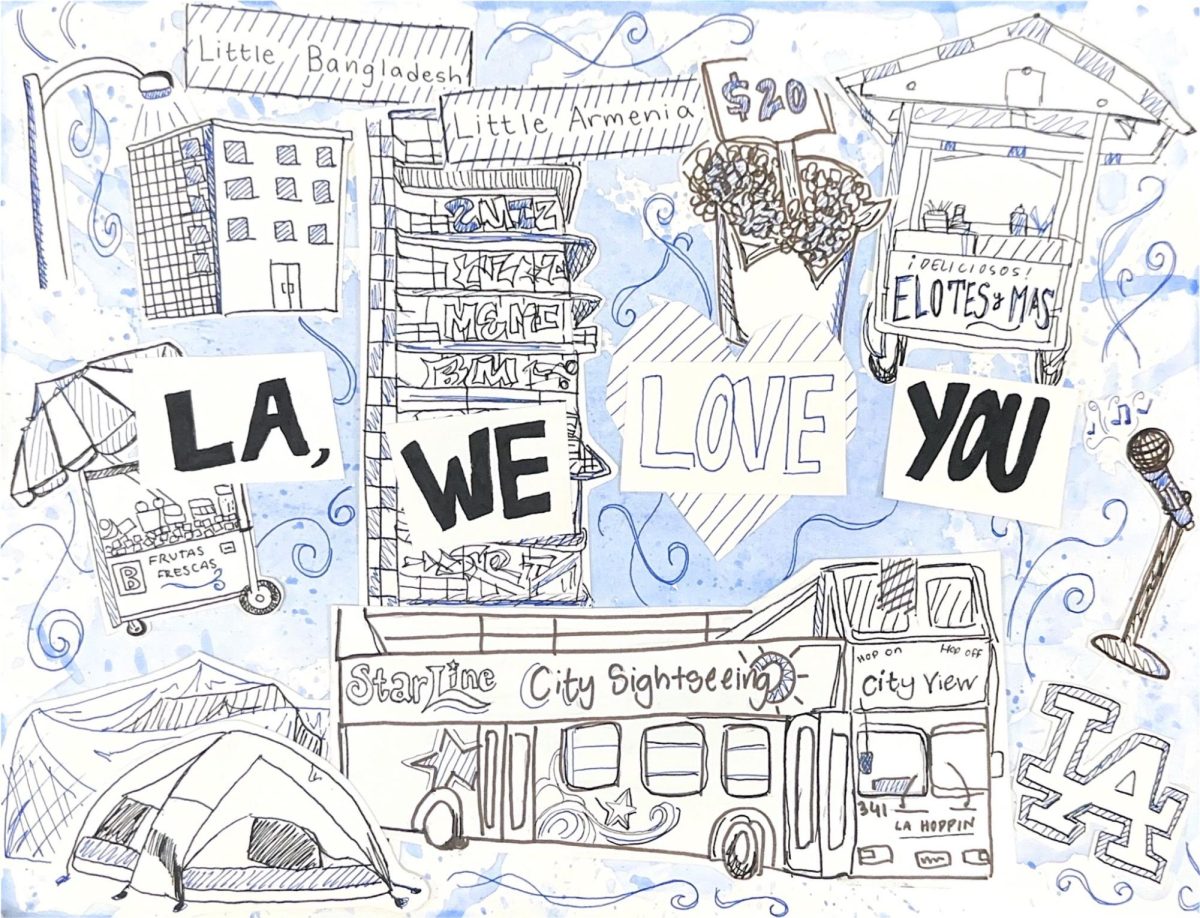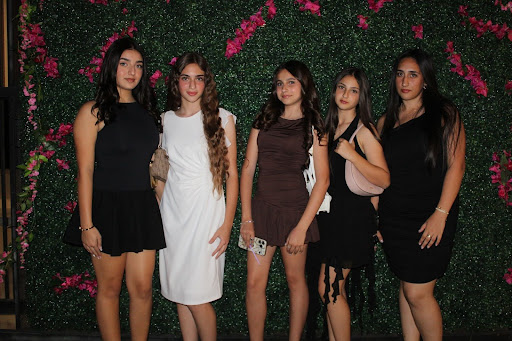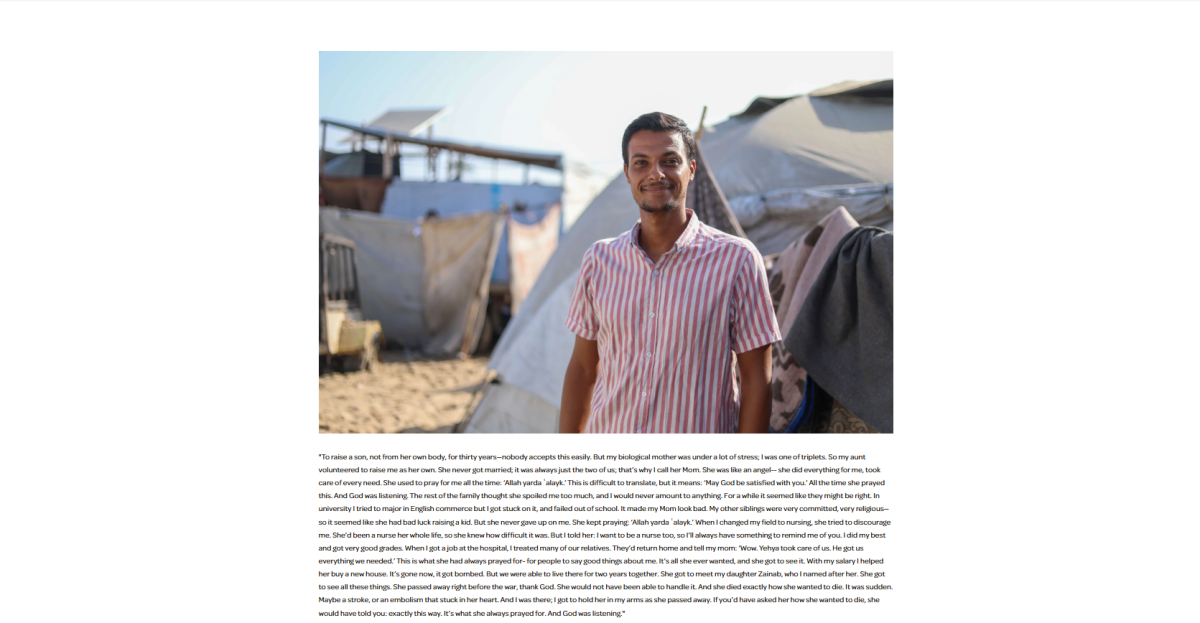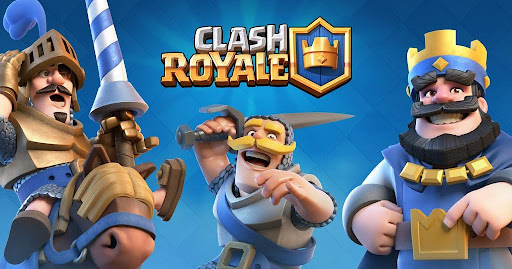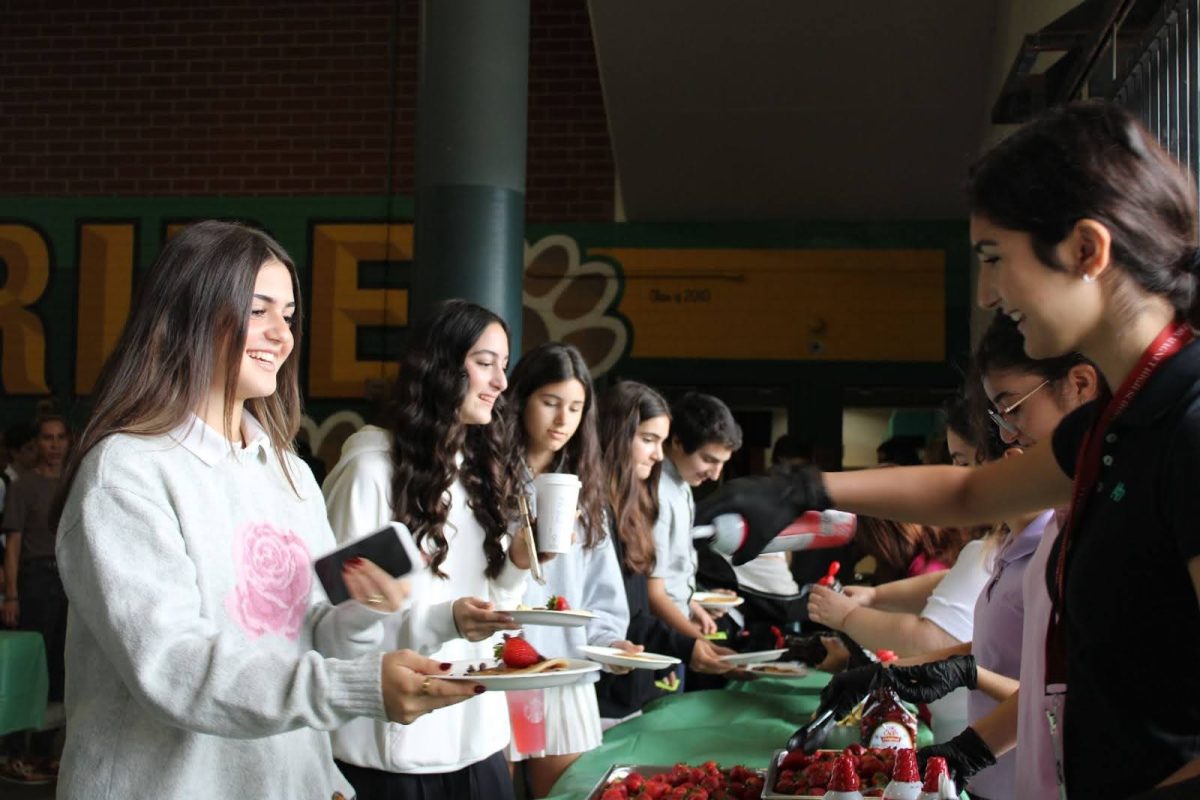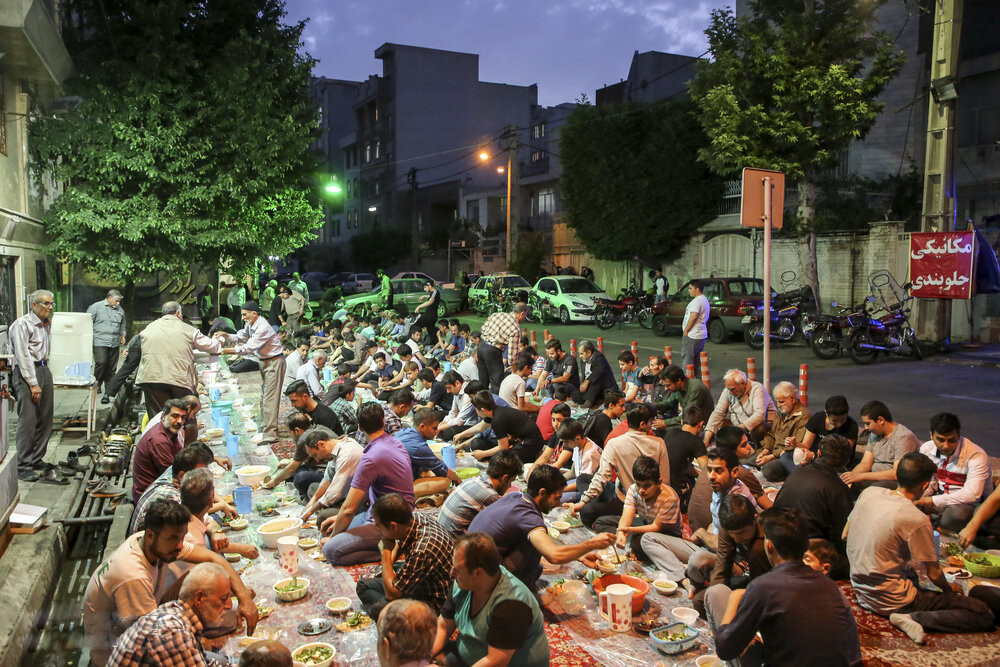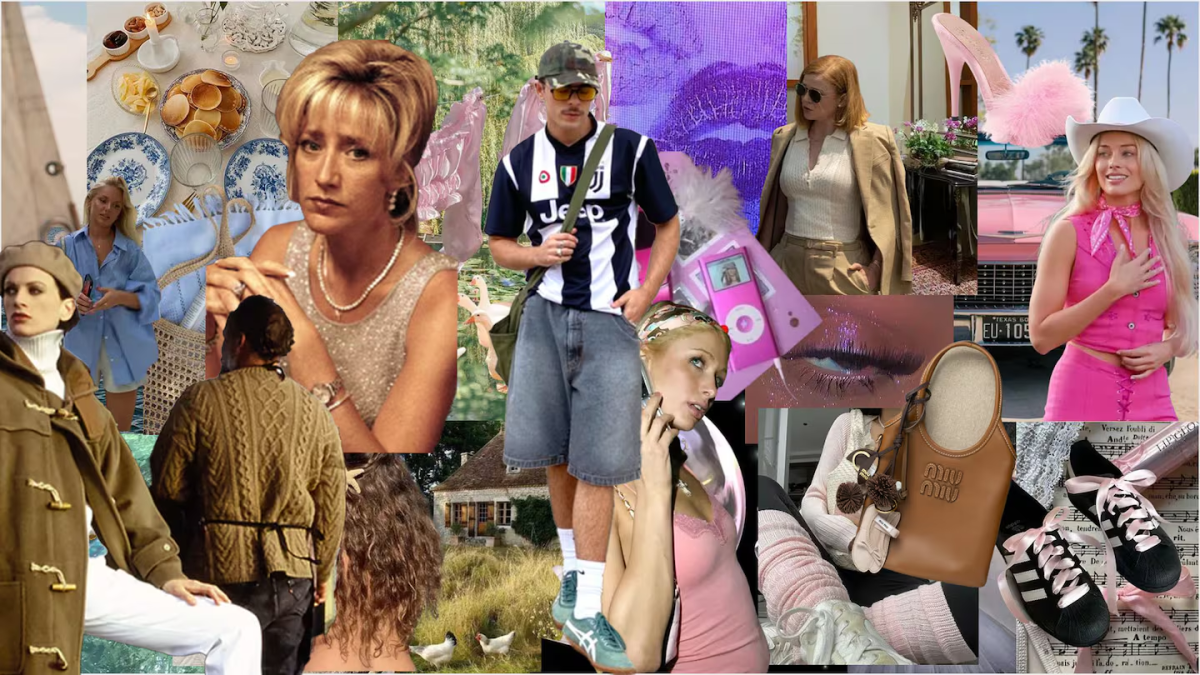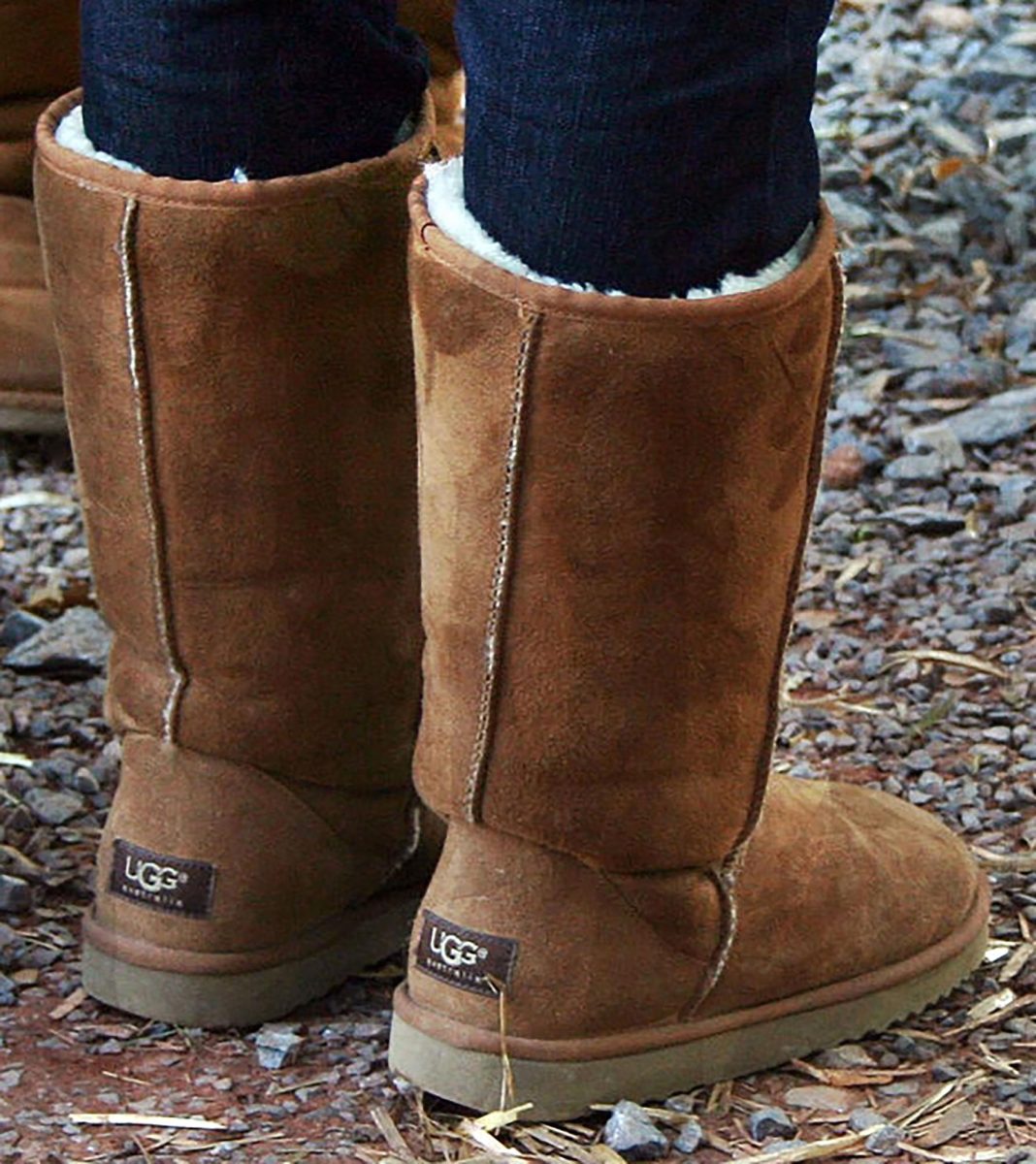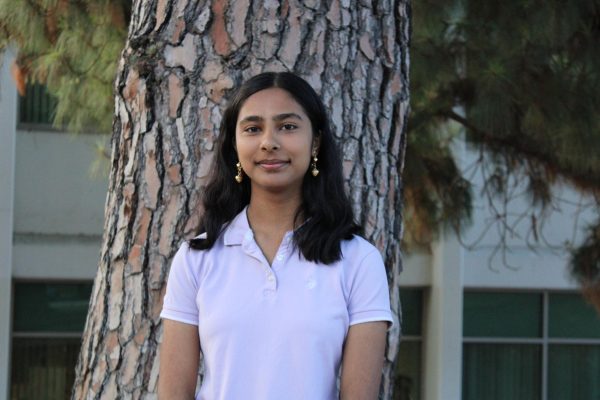Boston, Chicago, New York, and Los Angeles— these touristy cities carry a multitude of histories—and are hubs of multicultural interactions, ranging from the arts, music, fashion, and sports. Social media has contributed to the glamorized image of Los Angeles especially, with influencers moving to the area to create more trendy content. So with all of these perspectives floating around on the internet, one can’t help but wonder—what is the real LA? For many, it’s the people and communities that make up the heart of the City of Angels.
There is an immense difference between the image of the city and the short clips found online, and this view can be almost dystopian at times, with the wealth disparities of the area immediately prevalent. The juxtaposition of the populations of the unhoused struggling to get by whilst lying on the streets of Beverly Hills is one of the things that makes this image so uncomfortable to see. There is a series of different crises that LA residents know about, from the exponential increase in the cost of living to the increased population of unhoused individuals.
This part of LA struggles to be represented in online videos of popular influencers living in the city. The videos people see online aren’t a proper representation of the lives that everyday residents live; they struggle to account for the food carts down Sunset Blvd. or the small flower business on Cahuenga Pass.
Contrary to popular belief, Los Angeles harbors a large number of physical areas that resonate with the communities that live there. There’s anything and everything from the Design and Fashion Districts to the areas designated as Koreatown and Little Bangladesh, in which cultural aspects such as food, clothing, and more blossom among the streets. People have found ways to connect through the colorful and eclectic interests they have, and they have manifested these into their physical locations.
One of the biggest things about LA is the sense of community that has taken hold of the region. Better known as Angelenos, Los Angeles residents don’t hesitate to represent their area, from prideful Dodgers enthusiasts to musicians who have risen to fame and grown up in the city. One of the more reputable artists of our generation, Kendrick Lamar, referenced his childhood growing up in Compton in his album DAMN. and gnx. In his song, “dodger blue”, Lamar expresses what he believes his version of the “real LA” is: “Don’t say you hate L.A. when you don’t travel past the 10 […] Don’t say you hate L.A., but live in L.A. and pretend.”
Within this song alone, Kendrick Lamar makes a multitude of references to his upbringing in Los Angeles, from the schools in the area— Gardena, Compton, and Westchester— to the freeways that almost every Californian has driven on. Lamar is talking about the root of Los Angeles—the LA he wants his audience to know lies beyond the 10 freeway, and for them to see Los Angeles for what it truly is: a melting pot of Angelenos who contribute heavily to their community.
The Angeleno community is also able to come together in times of hardship. The recent wildfires that have struck the area are a prime example of that. People from all walks of life have joined hands to help restore the once-loved communities of the area and help those who have tragically lost their homes to the flames. Furthermore, Angelenos don’t shy away from a protest, uniting to speak on issues, be it within the physical location of LA or those affecting communities overseas. For instance, students at UCLA protested in 2024 over the genocide and lack of a ceasefire in Gaza, showcasing the ability of Los Angeles residents to come together for a common cause.
Los Angeles offers a diverse array of opportunities to anyone who visits the area. As a fellow Angeleno, consider taking a moment to look around LA and really look. Take note of the finer details that you may otherwise look past or not notice. These are the pieces that make Los Angeles the cultural capital that it is—this, is the real LA.



